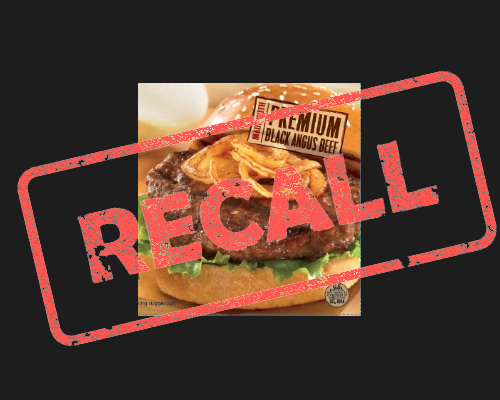Recalls are an inevitable reality of working in the food industry. Indeed, hardly a day goes by without one food company or another announcing a recall. According to the USDA, 150 food products were recalled in 2015. From large national brands like Tyson Foods and McCormick to smaller local manufacturers, no food company is immune from recalls.
Recovering from the sometimes devastatingly expensive recall process can be difficult, so it’s obviously best to avoid problems whenever possible. Understanding the top three reasons for food recalls is the first step toward greatly reducing how frequently they affect your food company.
1. Cross Contamination
Many food manufacturers process multiple products in a single factory. This can lead to cross-contamination issues involving foods to which people are commonly allergic, namely milk, wheat, soy and peanuts. Because cross contamination is sometimes unavoidable, manufacturers are permitted to sell cross-contaminated food, provided the potential contaminants are declared as allergens on the label. According to the USDA’s report, undeclared allergens accounted for 58 of the 150 food recalls in 2015, and milk has been identified as the number one offender.
How to Prevent Cross Contamination. Food is often contaminated because machinery isn’t properly cleaned between uses. Therefore, the most effective way to prevent it is to thoroughly clean equipment after processing food that contains common allergens. Visually inspecting the equipment following cleaning is important, but unseen residue can linger.
To overcome this, in-plant allergen testing of equipment, post cleaning, is recommended. Some tests utilize quick, non-allergen-specific colorimetric tests to identify sugars, proteins and other indicators that an allergen is present. More expensive enzyme-linked immunosorbent assay (ELISA) kits are more sophisticated and may be a better choice if cross contamination plagues your food manufacturing plant.
- Other tips to prevent a recall caused by allergen contamination include:
- Establishing spill-cleanup protocols
- Training personnel on allergen management
- Designing equipment with sanitary principles in mind, including self-draining equipment, smooth edges and rounded corners
- Carefully inspecting product labels for accuracy
2. Pathogens
Recalls from pathogen-contaminated products are highly damaging because they affect all consumers, not just those with specific allergies. Listeria, E. coli and Salmonella are the most common—resulting in a combined 17 food recalls in 2015, according to the USDA’s report. Several foods have been identified as being most at risk for carrying these pathogens:
- Deli meats, soft cheeses and other foods that usually aren’t cooked
- Poultry, eggs, undercooked beef, and unpasteurized milk or juice
- Raw fruits and vegetables
- Raw or undercooked shellfish
- Home-canned foods with low-acid content — including asparagus, corn, green beans and beets
How to Prevent Pathogens. As with avoiding cross contamination, the best way to prevent a pathogen outbreak is to implement hygienic manufacturing practices. Four specific techniques apply here:
- Separate raw products from cooked/ready-to-eat products. Your efforts should even go as far as separating employees who work in each area. They should use divided washing facilities, locker rooms and cafeterias.
- Control the temperature and moisture level to reduce bacteria and mold growth. Anywhere condensation forms or moisture is left to pool, micro-organisms can potentially grow and create a contamination issue. Ventilation and air conditioning can help tremendously with this, as can air dryers used to sap moisture from steamy air.
- Implement pest-control techniques. Rats, flies and cockroaches are significant carriers of Listeria, Salmonella, Vibrio cholera and other bacteria. Effective pest-control techniques include disposing of garbage properly, sealing pest entry points, and using air curtains and screens to keep flies out.
- Choose durable, easily cleanable equipment for your manufacturing plant and wash all surfaces regularly. Mold and bacteria can start growing within a matter of hours, so keeping surfaces clean is essential. Proper hygiene among plant personnel is critical as well.
3. Physical Contamination
When non-food items are found in food products, a recall is inevitable. Metal, plastic, wood and even insect body parts are examples of physical contaminants. Food is also considered physically contaminated if it’s chemically or biologically tainted. According to a Food Standards Agency report, of the 107 physical contamination incidents in 2012, the most common malefactors were metal (37), pests (23) and plastic/glass (10 each).
How to Prevent Physical Contamination. Foreign objects often enter food products when malfunctioning equipment or human error breaks down the production process. Safeguards such as X-ray scanning, metal detection and filtration/sieving processes help catch foreign objects before they’re shipped, but these aren’t foolproof methods. You should also only work with trustworthy suppliers and take the time to examine raw materials before using them.
The general public expects food manufacturers to produce safe, untainted food. By following these tips, you help uphold your brand and avoid the expensive, reputation-damaging effects of food recalls.























